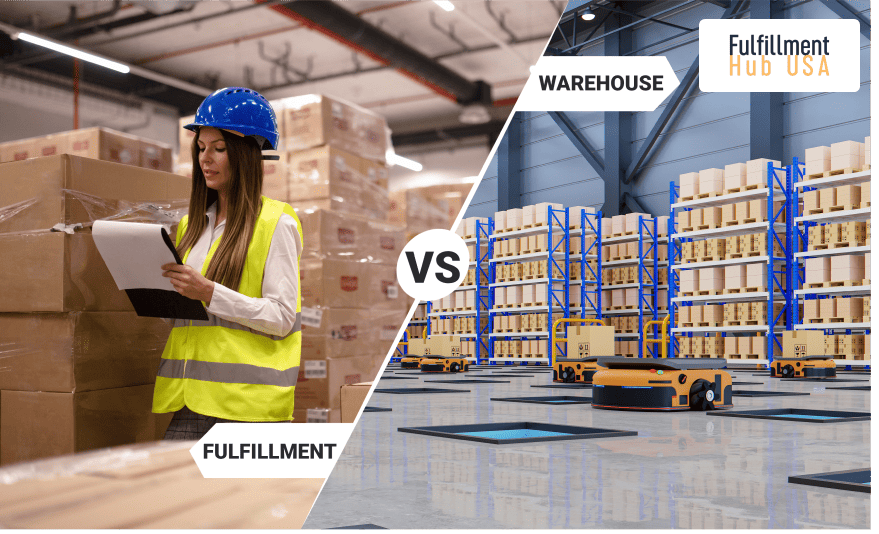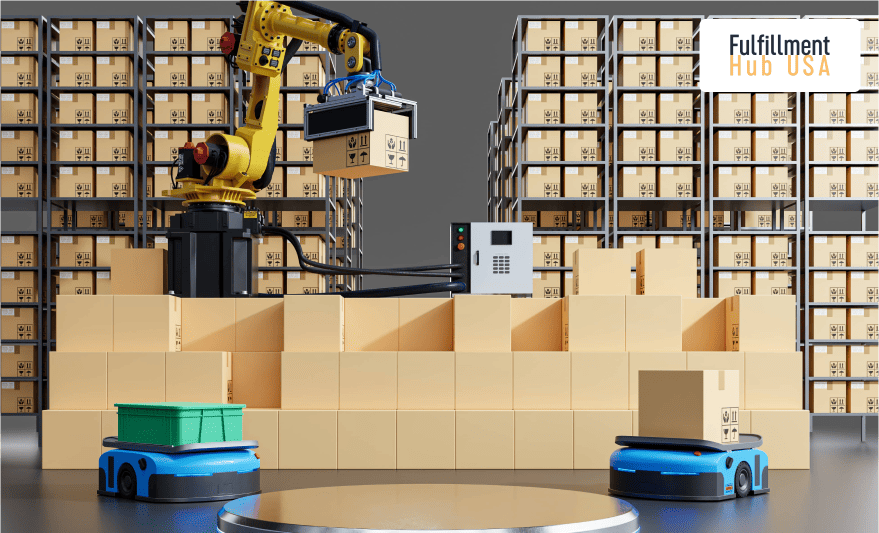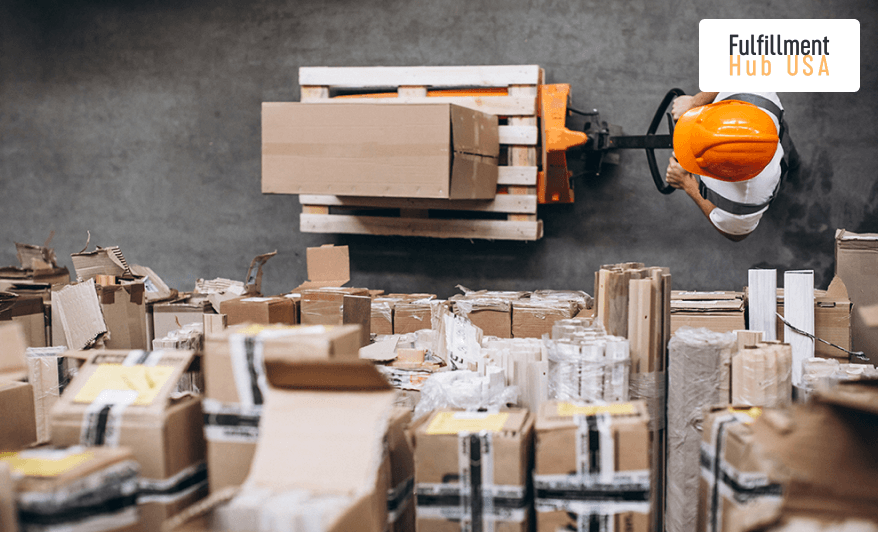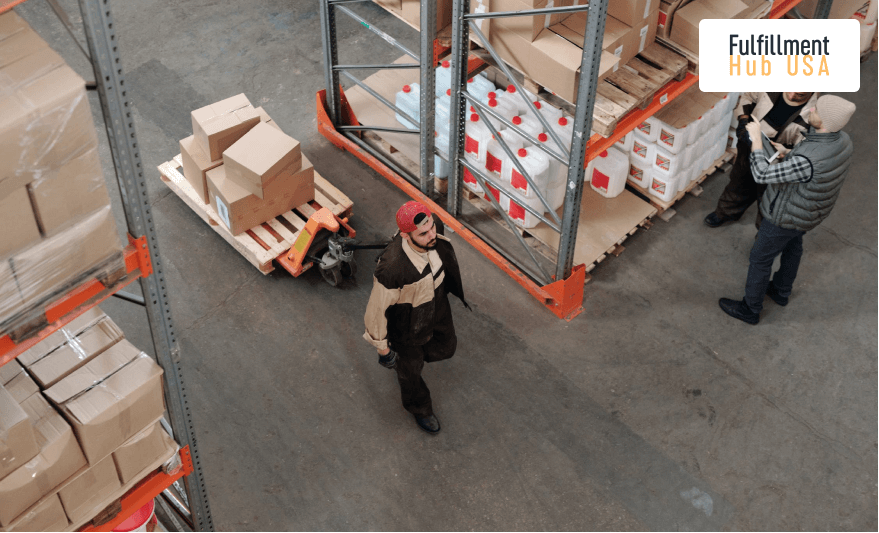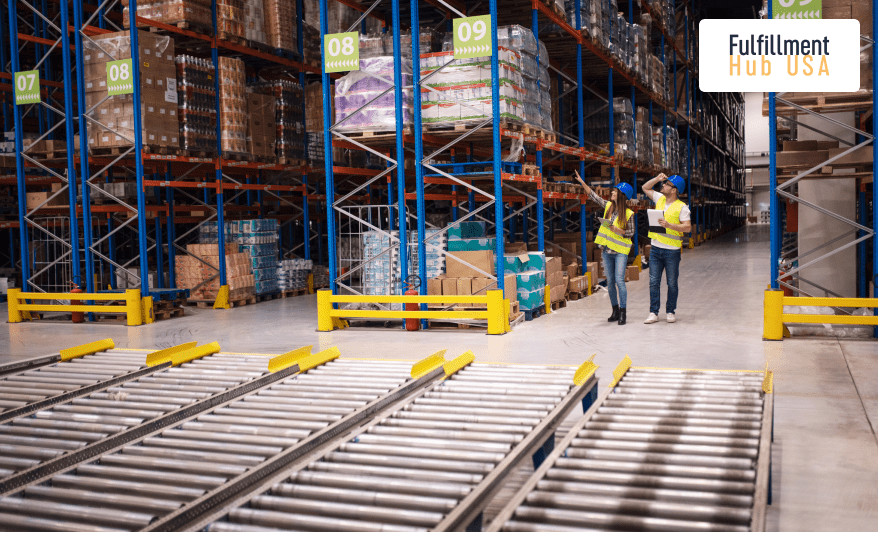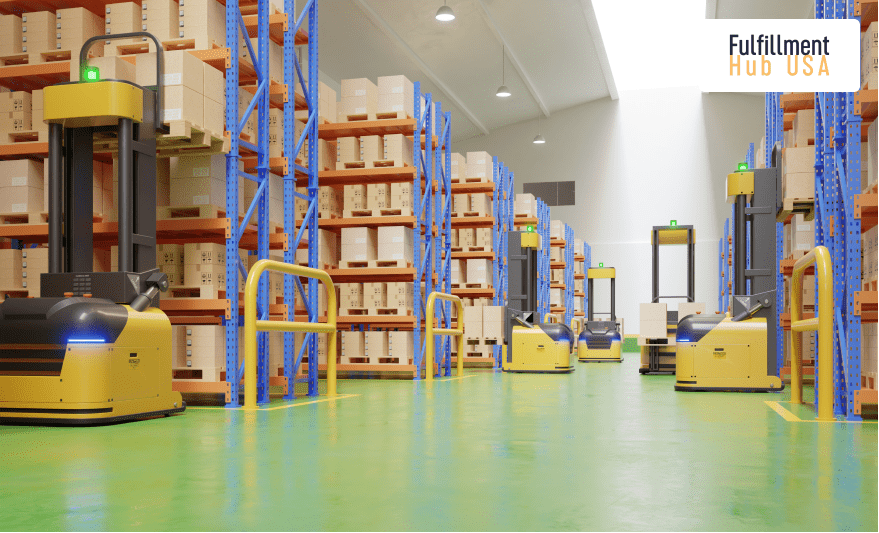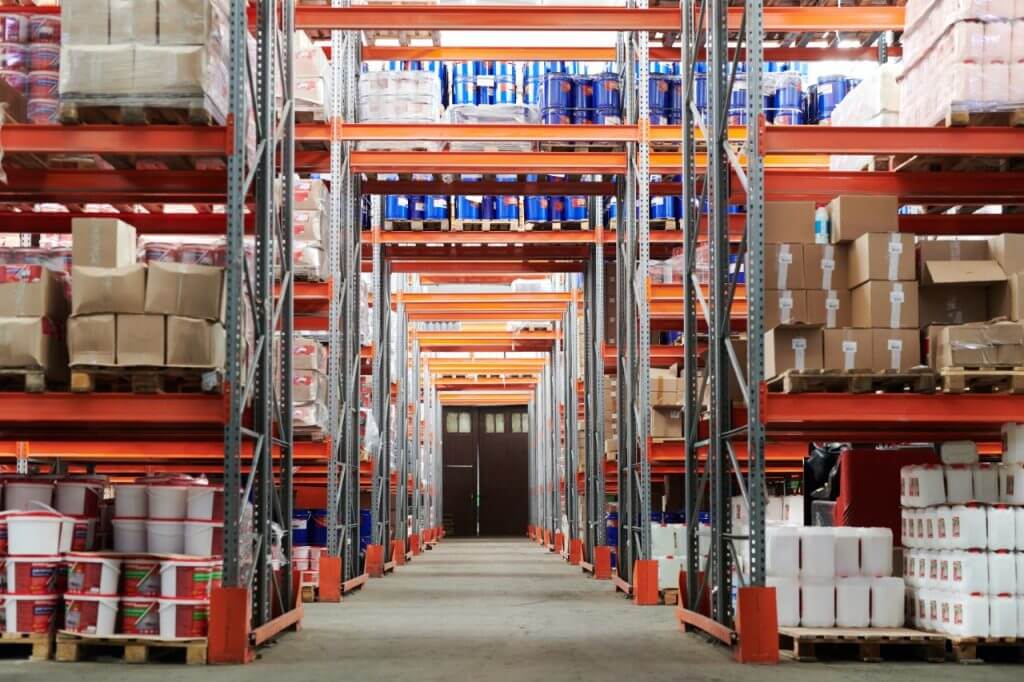What is a carrier facility? Your complete guide.
Carrier facilities are fundamental aspects of sending and receiving parcels. Therefore, there are many relevant things to know about these facilities to better understand the shipping and fulfillment process. For example, after placing an order online, you might get a shipping update that mentions a carrier facility. The notice might say “Arriving at carrier facility” or “Leaving carrier facility.” Here’s everything you need to know about this stage of order fulfillment. Hopefully, we can help you better understand these facilities and how long it will take you to get your products. What is a carrier Facility? The term carrier refers to any party who is in charge of the contract of carriage and will transport the goods by any mode of transportation. A carrier facility is a large warehouse that stores all the packages people order for a specific geographic region. It is the last stop of your package on the trip before it is delivered directly to you. It is that place from where the person who carries your parcel to your house picks up that package. Some of them will be extensive facilities with a fleet of delivery trucks, and others will be smaller facilities with retail locations in the front. It all depends on the coverage area. Some warehouses will only cover a few square miles, and others will cover the entire country or even more than one country. There are specific drop-off locations, and everything in their runs at high precision. Then, depending on where they need to go, packages are sorted. Some packages will go from truck to truck without spending time in the facility. Others will go into designated areas, including darkrooms, refrigerated rooms, and freezers. The initial company that does the shipping will determine where these packages go. Packages can go to one carrier facility or a few different facilities. It all depends on how they get to their destination. Those carried via airplanes tend to go through a few additional carrier facilities. You won’t get the notification that your package is at the carrier facility until it is on the last one on its journey. However, you will be able to see them if you track the journey. Kinds of Carrier Facilities Local Courier Facility: The delivery facility offered by some locally based businesses in the city is called a local courier facility. These packages will be delivered primarily on a minor scale, including bakeries, restaurants, clothing stores, court documents, print-on-demand services, and even prepared food delivery from places close to you or your town. Local Courier delivery has swift operational time, and their delivery is considered one of the fastest operating delivery services. The packages are supposed to reach in a relatively short delivery window. Amazon Carrier Facility People don’t commonly see Amazon carrier facilities, but those in big cities will sometimes see this location. Amazon has enough business that they have been able to open their own carrier facilities. Often, this will be the warehouse where the product you purchase gets stored. Then, they ship directly to you or through another carrier facility, depending on the package size, location, and the number of products. FedEx Carrier Facility FedEx offers a wide range of services with an equally wide delivery time. Delivery times will depend on whether you’re shipping overnight or ground. Shipments to residential addresses may have different delivery times than packages going to another business. FedEx Home delivery does not have a specific delivery time in most cases. Generally, FedEx Home Delivery, a FedEx Ground service, delivers by the end of the business, Monday through Friday, and is likely to drop off packages as late as 8 pm. However, Evening Home Delivery packages arrive at their destinations between 5 pm and 8 pm. USPS Carrier Facility The USPS carrier facility belongs to the United States Postal Service and is one of the most trustworthy carrier facilities. The brown trucks deliver more packages than FedEx. Often, they make up the backend of post offices and are being used as principal services because they tend to be the most trusted and pay attention to details. A UPS Ground package will generally be delivered to residential addresses between 9 am and 7 pm, Monday through Friday. However, residential orders will sometimes arrive later than 7 pm. Shipments to business addresses will arrive during business hours. UPS doesn’t offer a service where you can schedule a package to arrive at a specific time during the day. The cycle of order delivery ECommerce fulfillment is an operation that swings into action after purchasing online. Once you order a package, it goes through a long process that seems simple but complicated. It will pass through robots, computers, and human beings before it eventually gets to you. Therefore, the carrier facility message makes more sense when you track the entire journey of a package till it reaches its destination. A typical lifecycle of delivery looks like this: Order Received & Numbers Updated on the Computer When a digital order is logged into the system, it starts a chain of processes that ultimately bring your package to your door. As soon as the seller receives your order, confirms your payment, and picks and packages the item (or items), you receive the shipping now message. Order Sent to Warehouse for Picking The fulfillment warehouses are the heart of E-commerce logistics. There are several fulfillment warehouses around the world. These are the mega warehouses where items are stored before they are ordered, and it is here where the journey begins. The seller’s system will check if the item (or items) is in the fulfillment center closest to you when you place your order. If not, it will ultimately notify whichever center is best suited to start the journey for your order. Orders Picked & Packed The item you ordered will be picked up from the warehouse after identifying the fulfillment center. It will then be sent to a packing station, typically located within the fulfillment center campus. Your item will be boxed
What is a carrier facility? Your complete guide. Read More »

